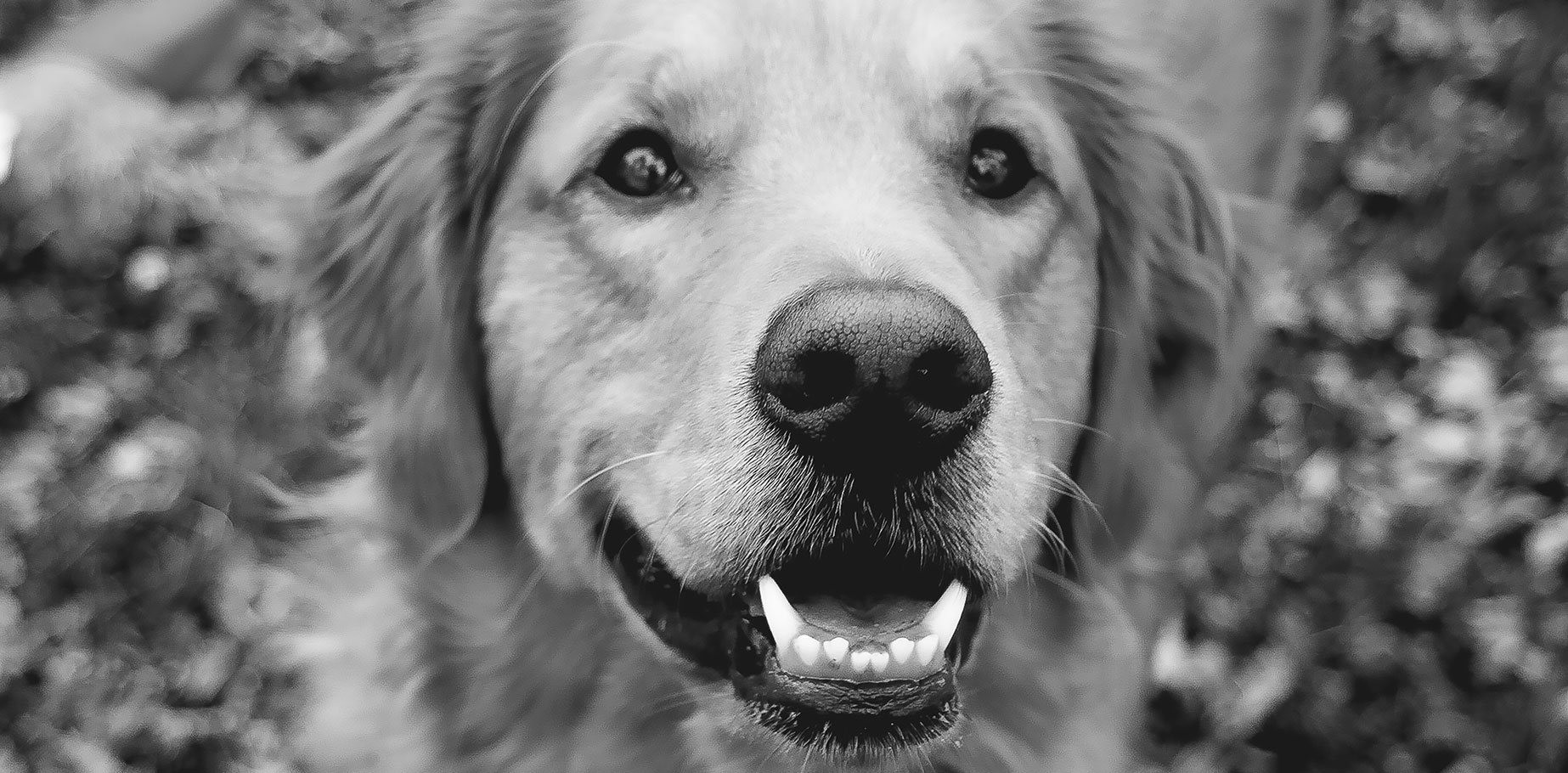Root canals, dental x-rays, extractions, orthodontics, implants, crowns, and periodontal surgery for you pet? You must be kidding! Not at all. These dental procedures are performed routinely in veterinary practices today.
Oral disease is one of the most prevalent diseases in dogs and cats. 85% of dogs and 70% of cats have some form of dental disease by 3 years of age. Why is the incidence of dental disease so high? Since pets don’t brush or floss their teeth, the calculus continues to accumulate on the teeth on a daily basis causing gum, tooth and bone damage through the years. Pets are also living longer allowing the disease to progress even more.
There is little difference between our pet’s teeth and our own
We all have a set of baby teeth that come in and fall out to make way for adult teeth. We all have nerves, blood vessels in our teeth surrounded by dentin and enamel. The problem begins when bacteria accumulate at the gum line around the teeth. Unless removed daily, these bacteria can destroy the gums and cause bleeding and pain. The enamel becomes covered by plaque which then mineralizes into calculus (a yellow or brown accumulation on the tooth surface). The gums become very painful, the periodontal ligament becomes damaged and the bone around the tooth is eaten away. Eventually the tooth is lost and if the bone damage is severe enough, the jaw can actually break.
The bacteria in the mouth can seed other areas in the body through the blood stream leading to infection in the heart, liver and kidneys. This is no different than in humans. Poor oral hygiene can shorten our and their life expectancy.
How does a loving pet owner know if dental care is needed?
Since cats and dogs cannot point to dental abnormalities with their paws, an examination is the key.
Professional Veterinary Care
When your home exam reveals dental problems or if you are simply uncertain, a trip to the veterinarian is in order. The veterinary oral examination will begin with a complete visual examination including the face, head and mouth. The teeth are carefully examined and the oral cavity for gum disease or cancer. If any abnormalities are noted, anesthesia would be necessary for the dental procedure to be performed. The professional cleaning performed at your veterinarian’s office is similar to what a person receives at their dentist’s office. I recognize that some clients are reluctant to have dental cleanings done due to their fear of anesthesia. Modern veterinary medicine offers a wide array of safe and effective anesthetics plus organ monitoring equipment that should allay concerns of anesthesia. Unfortunately by the time some pets come to a veterinarian for dental care, it is often too late to save all of the teeth. More than 50% of the dental procedures that I perform result in extractions simply due to an owners procrastination. Remember the better your home care routine, the less veterinary bills will ensure therefore saving you money in the long run. It is important to note that a “cosmetic or non-anesthetic” teeth cleaning is NOT recommended as a complete examination, X-rays and cleaning under the gum line cannot be performed in an awake animal.
Home Care Products
Dental care is very important in your pet for their overall health and should be as routine as vaccinations and physical examinations. Any home care routine you perform is beneficial but should not be considered as an alternative to full dental cleanings. Our pets should not suffer the pain and discomfort of broken or loose teeth or infected gums. With the combination of home care and veterinary care, your pet should be able to keep their teeth and live a longer and healthier life.
Sheree Everett DVM

